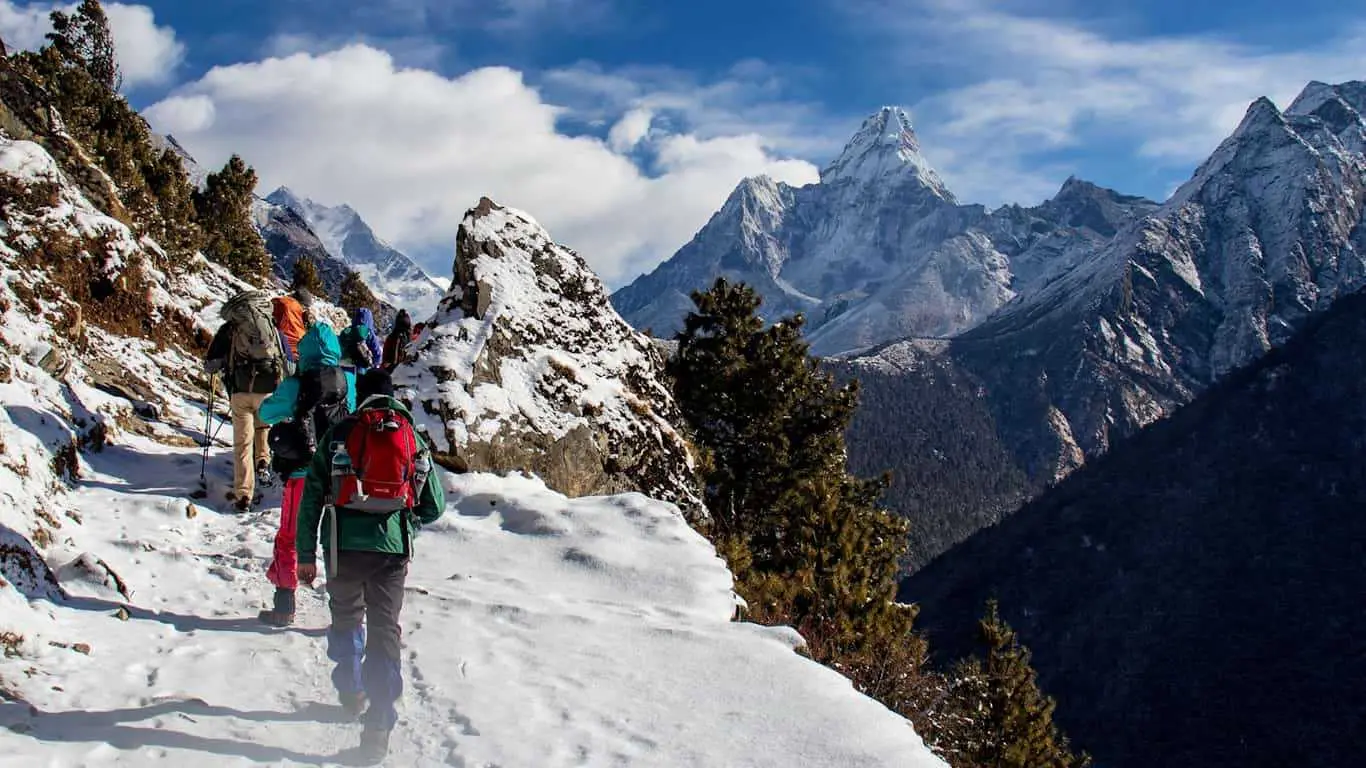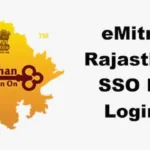Nepal, the land of the Himalayas, is famed for its majestic peaks, serene landscapes, and ancient cultural heritage. Among the renowned mountain ranges that grace this beautiful country, Ganesh Himal stands as one of the lesser-explored yet incredibly captivating regions.
Named after the Hindu deity Lord Ganesh, the elephant-headed god of wisdom and prosperity, Ganesh Himal lies quietly to the northwest of Kathmandu, offering travelers pristine landscapes, traditional villages, vibrant cultures, and stunning views of snow-clad mountains — all without the crowds of the more famous Annapurna or Everest regions.
This article takes you deep into the heart of Ganesh Himal, exploring its geography, trekking opportunities, cultural significance, wildlife, and much more. By the end, you’ll understand why this hidden gem deserves a spot on your Himalayan adventure list.
Table of Contents
Where is Ganesh Himal?
Ganesh Himal is located in central Nepal, between the Langtang and Manaslu ranges, straddling the districts of Dhading, Nuwakot, Rasuwa, Gorkha, and some parts of Tibet (China).
It is about 70 km north-northwest of Kathmandu, making it relatively accessible for trekkers and explorers looking for something off the beaten path.
The Peaks of Ganesh Himal
Ganesh Himal comprises several prominent peaks, many of which soar above 7,000 meters, creating an awe-inspiring skyline. Some of the notable peaks include:
Ganesh I (Yangra) – 7,422 m
Ganesh II (Lambchuli) – 7,118 m
Ganesh III (Salasungo) – 7,043 m
Ganesh IV (Pabil) – 7,104 m
Apart from these, there are several other peaks ranging from 6,000 to 7,000 meters, offering endless opportunities for mountaineering, trekking, and photography.
Why is it Called Ganesh Himal?
According to legend, the outline of the mountains resembles the figure of Lord Ganesh, particularly the elephant trunk and head. Devotees believe the mountain range is blessed by Ganesh himself, which has earned it deep spiritual significance among locals.
Highlights of Ganesh Himal Region
1. Off-the-Beaten-Path Experience
Unlike the crowded trails of Everest and Annapurna, Ganesh Himal offers peace, solitude, and unspoiled beauty. You can walk for hours without meeting another tourist.
2. Authentic Culture
The region is inhabited by various ethnic groups, including Tamang, Gurung, Magar, Brahmin, and Chhetri communities. Their warm hospitality, traditional homes, and festivals provide a unique cultural immersion.
3. Spectacular Scenery
With dramatic mountain views, cascading waterfalls, lush forests, and terraced fields, Ganesh Himal is a visual delight.
4. Flora and Fauna
The area is rich in biodiversity, home to rare species like the red panda, Himalayan tahr, musk deer, and countless bird species.
5. Panoramic Himalayan Views
From viewpoints, you can witness not only Ganesh Himal but also Langtang, Manaslu, and even Annapurna ranges on a clear day.
Trekking in Ganesh Himal
The Ganesh Himal Trek is the most popular way to explore the region. It is a camping-based trek (though tea houses are increasingly available on some routes) and is suitable for those who seek adventure in remote settings.
Popular Routes
There isn’t just one fixed route, but here are some common itineraries:
Ganesh Himal Base Camp Trek
Duration: 10–14 days
Highlights: Base camp of Ganesh I, pristine villages, alpine meadows, glacial rivers
Ruby Valley Trek
Duration: 7–10 days
Highlights: Ruby mines, Tamang and Gurung villages, serene forests
Singla Pass Trek
Duration: 7–9 days
Highlights: Panoramic views from Singla Pass (4,045 m)
Difficulty
Moderate to strenuous, depending on the route chosen. Some high passes and steep ascents demand good physical fitness.
Best Time to Trek
- Spring (March–May): Rhododendrons in bloom, pleasant weather
- Autumn (September–November): Clear skies and crisp mountain views
Winter and monsoon months are less ideal due to snow and rain.
Flora and Fauna
Ganesh Himal’s diverse altitude range (from ~1,000m to 7,422m) results in a remarkable variety of ecosystems:
Flora: Rhododendrons, pines, oaks, bamboo, orchids
Fauna: Red panda, snow leopard (rare), Himalayan black bear, musk deer, monkeys, and over 300 species of birds.
During spring, the hills turn red, pink, and white with rhododendron blooms — a truly magical sight.
Cultural Insights
The Ganesh Himal region is steeped in traditions and spirituality.
Tamang Heritage: Many villages reflect Tamang Buddhist culture, with colorful prayer flags, chortens, and mani walls.
Festivals: Lhosar (Tibetan New Year), Buddha Jayanti, and Dashain are celebrated with great enthusiasm.
Shamanism: In some remote areas, traditional shamans still practice ancient healing rituals.
Visiting these villages gives you a glimpse into a way of life that has remained unchanged for centuries.
How to Get There
From Kathmandu:
By Road:
Drive to Syabrubesi, Arughat, or Dhading Besi (depending on the trek route).
Takes about 6–8 hours on winding mountain roads.
By Air:
No direct flights, but helicopter tours can be arranged for aerial views.
What to Pack for a Ganesh Himal Trek
- Sturdy hiking boots
- Warm layers (it gets cold at higher altitudes)
- Sleeping bag
- Tent (for camping treks)
- Trekking poles
- Water purification tablets
- First aid kit
- Snacks & energy bars
- Sunscreen & sunglasses
- Camera to capture the incredible landscapes
Tips for the Trek
- Hire a local guide or porter to enrich your experience and help with logistics.
- Opt for camping if you want to explore truly remote trails.
- Carry enough cash; there are no ATMs in remote villages.
- Follow Leave No Trace principles to protect the pristine environment.
- Drink plenty of water to avoid altitude sickness.
Nearby Attractions
If you have more time, you can combine your Ganesh Himal adventure with visits to:
Langtang Valley
Gosaikunda Lake
Manaslu Circuit
Kathmandu cultural sites
Sample 12-Day Itinerary for Ganesh Himal Trek
| Day | Activity |
|---|---|
| Day 1 | Drive from Kathmandu to Syabrubesi |
| Day 2 | Trek to Gatlang |
| Day 3 | Trek to Somdang |
| Day 4 | Rest day at Somdang (explore Ruby mines) |
| Day 5 | Trek to Pangsang Pass |
| Day 6 | Trek to Tipling |
| Day 7 | Trek to Shertung |
| Day 8 | Trek to Jharlang |
| Day 9 | Trek to Darkha |
| Day 10 | Trek to Khahare |
| Day 11 | Drive back to Kathmandu |
| Day 12 | Rest & explore Kathmandu |
Ganesh Himal vs. Other Popular Trekking Regions
| Feature | Ganesh Himal | Everest | Annapurna |
|---|---|---|---|
| Crowds | Very few | High | Moderate |
| Accessibility | Moderate | Good | Excellent |
| Cultural experience | Authentic & raw | Tourist-focused | Well-developed |
| Scenery | Pristine, diverse | Iconic peaks | Lush & varied |
If you prefer solitude and untouched beauty, Ganesh Himal is a better choice than the busier trails of Everest and Annapurna.
Why Visit Ganesh Himal?
- Unique and unspoiled trekking experience
- Stunning landscapes and Himalayan views
- Rich biodiversity and vibrant cultures
- Close to Kathmandu yet remote enough to feel adventurous
- Opportunity to experience authentic rural life in Nepal
FAQs about Ganesh Himal
1. Where is Ganesh Himal located?
Ganesh Himal is in central Nepal, between the Langtang and Manaslu ranges, approximately 70 km northwest of Kathmandu.
2. What is the height of the highest peak in Ganesh Himal?
Ganesh I (Yangra) is the highest peak at 7,422 meters (24,350 feet).
3. Is Ganesh Himal suitable for beginners?
Some parts of the trek are moderate and suitable for beginners, but the full circuit and high passes are more challenging, requiring good fitness.
4. When is the best time to trek in Ganesh Himal?
Spring (March–May) and Autumn (September–November) offer the best weather and views.
5. Do I need a special permit to trek in Ganesh Himal?
Yes. You’ll need a TIMS (Trekkers’ Information Management System) card and sometimes local permits depending on the route.
6. Are there tea houses in Ganesh Himal?
Some villages now offer basic tea house accommodation, but camping is recommended for remote areas.
7. What wildlife can I see in Ganesh Himal?
You might spot red pandas, Himalayan tahrs, musk deer, and a wide variety of birds.
8. How long does a typical Ganesh Himal trek take?
Depending on the route, it can take anywhere from 7 to 14 days.
9. Can I combine Ganesh Himal with other treks?
Yes, it’s possible to connect with Langtang, Gosaikunda, or Manaslu circuits.
10. Why is it called Ganesh Himal?
Because the shape of the mountain range resembles Lord Ganesh’s elephant head and trunk.
Conclusion
The Ganesh Himal region remains one of Nepal’s best-kept secrets — a haven for nature lovers, adventure seekers, and cultural explorers. Its serene trails, jaw-dropping scenery, and authentic village life offer an unforgettable experience far from the commercialized trekking routes.
If you dream of walking through blooming rhododendron forests, watching majestic peaks rise against the sky, and sharing smiles with locals in picturesque mountain villages — all without the bustle of tourist crowds — then Ganesh Himal is calling your name.
Pack your bags, tie your laces, and get ready to discover the magical charm of Ganesh Himal — a hidden jewel of the Himalayas.











